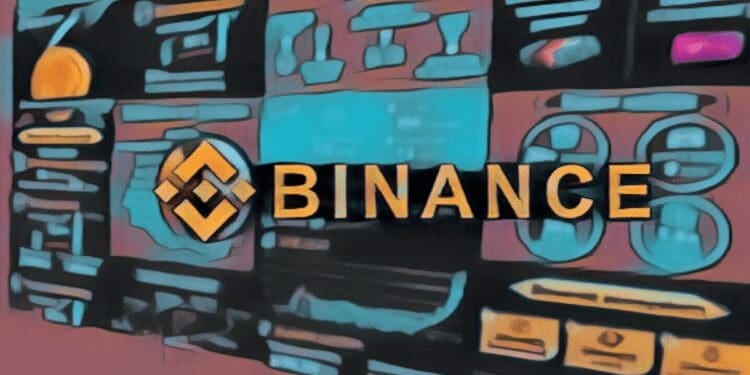A number of concerns have been raised about the corporate structure, bitcoin liabilities, and internal control effectiveness.
According to accounting and financial experts contacted by The Wall Street Journal, Binance’s aim at increasing the transparency of its reserves also highlighted red flags in the cryptocurrency exchange’s finances.
As stated by a former investment manager and member of the Financial Accounting Standards Board (FASB), the audit firm Mazars’ report somehow doesn’t impress investors with confidence regarding the exchange’s financial standing because it is lacking information related to the effectiveness of internal controls and how Binance’s systems liquidate assets to pay off margin loans.
The insufficient information regarding Binance’s corporate structure was another issue that the newspaper’s sources identified as a concern.
Since Binance has been going through a corporate reorganization almost for two years, the company’s chief strategy officer, Patrick Hillmann, was unable to name Binance’s parent company, as stated in the report.

Additionally, differences in the cumulative Bitcoin liabilities were addressed. In accordance with the exchange’s proof of reserves, Binance was 97% collateralized, excluding assets lent to customers via loans or margin accounts, proving that the 1:1 ratio of reserves to customer assets was not met. Mazars’ letter specifies the point of difference as follows:
“We found that Binance was 97% collateralized without taking into account the Out-Of-Scope Assets pledged by customers as collateral for the In-Scope-Assets lent through the margin and loans service offering resulting in negative balances on the Customer Liability Report. With the inclusion of In-Scope Assets lent to customers through margin and loans which are overcollateralized by Out-Of-Scope Assets, we found that Binance was 101% collateralized.”
The former head of the Securities Exchange Commission’s Office of Internet Enforcement John Reed Stark, a senior lecturing associate at Duke University School of Law, posted on Twitter:
“The “proof of reserve” report from Binance does not testify to the efficiency and effectiveness of internal financial controls, does not offer an opinion or assurance conclusion, and does not verify the accuracy of the numbers. I worked for around 18 years working at SEC Enforcement. I conclude about the red flag in this manner.”
Binance released a proof of reserves mechanism last month that enables users to validate their assets using a Merkle tree in the wake of FTX’s crash. Competitors, meanwhile, criticized the attempt as “pointless” because it left off liabilities.
On December 7, Mazars presented the report of its audit on Binance’s Bitcoin reserves. The cryptocurrency exchange reportedly has control over 575,742.42 Bitcoin that belong to its customers and was valued at $9.7 billion at the time of the report, as stated by the international audit company. The company stated that according to the approach, “Binance was 101% collateralized.”













Discussion about this post